Child abuse experts are warning that an growing trend of children being groomed through webcams and live streaming by predators has led to a sharp rise in the number of abusive images circulating online since the beginning of the pandemic.
Much of this abuse is happening in children’s own homes while their parents or caregivers are in another room, according to the Internet Watch Foundation (IWF), which says it had already dealt with an increased number of reports of online child abuse images this year. September was a record month with 15,000 reports from the public, 5,000 more than the same month in 2019.
By the end of November, 138,000 reports sent to the IWF were confirmed to contain child sexual abuse imagery, which was then removed, compared to 132,730 in all of 2019. The growing number of images identified and removed was achieved despite the team working at reduced capacity because of lockdown.
In the first six months of 2020, 44% of all the child sexual abuse content the IWF dealt with involved images filmed by the victims themselves, up from 29% in 2019.
Sarah Smith is technical projects manager at the IWF. She said online grooming is driving the growth in abuse, with predators filming through webcams and live streaming sites.
‘These images are a crime scene … it’s massive for us to find the child’
Read more
“When I first joined the organisation in 2009, typically the content we were dealing with was images of contact sexual abuse, for example intra-familial abuse with an adult and child depicted in the images. In recent years we have seen a really big increase in what we call ‘self generated content’, which is where there may not be an adult present in the images.
“It could take place on a social media platform where children are present and offenders are grooming and coercing them into sexual activity. That is then made into a permanent image.” These images can then be shared on image hosting sites.
IWF image analyst Isobel* described how she sees children being manipulated into creating videos.
“It’s typically girls in their bedroom or bathroom. This is a family home setting, and quite often their parents or carers are downstairs. As parents you think your children are safe at home but if they are in their bedrooms on laptops or phones, they may be at risk of being abused. It’s not the parents’ fault but they need to be aware.”
The all-party parliamentary group on social media has launched a national inquiry into how to tackle the increase in self-generated child sexual abuse.
MP Chris Elmore, chair of the group, said: ‘“During the pandemic there has been increasing use of online platforms and with this we’ve seen a disturbing increase in ‘self-generated indecent images’ of children online, particularly 11-13-year-old girls.”
He added: “Our inquiry is not looking at whether it happens – we know it happens. With the Internet Safety Partnership we want to look at how to respond, practical ways to protect children. It will be the first national inquiry into the rise of this content.
“Children are being groomed via live streaming, via live chat services, through gaming chat. And some children are being encouraged to insert things into themselves.”
He stressed that the term “self generated” does not confer any blame on the victim. “There is no blame on the young people, they are innocent and are being manipulated through deeply dark criminal activity.”
The police and National Crime Agency are also seeing a growth in indicators of online abuse.
Simon Bailey, the National Police Chiefs’ Council lead for child protection, said: “There have been year-on-year increases in reports of people accessing indecent images of children and as a service, we are searching more properties, arresting more suspects and safeguarding more children than ever before.”
The scale of the problem in the UK puts a huge burden on law enforcement, with about 700 arrests and voluntary attendances at police stations every month related to indecent images of children (IIOC) and grooming offences; 900 children are safeguarded every month.
In October, one of the IWF’s analysts, Daniel*, helped safeguard a child after seeing her abused in a video anonymously sent to the organisation.
The link led to a video of an 11-13-year-old girl in the UK who was engaged in category-B sexual abuse, the second most severe category. The video was “self-generated”, meaning the victim could have been coerced into making the footage herself by an abuser, who appeared to be telling her what to do over the internet.
Daniel said: “There was no one directly there who was making her do it, but certainly, from the video itself, it seemed she was being asked to do certain things.”
Daniel tracked the video down on an online forum, where he found predators discussing the footage. The criminal material was quickly taken down, and police and social services were able to step in and protect the child.
*Names have been changed








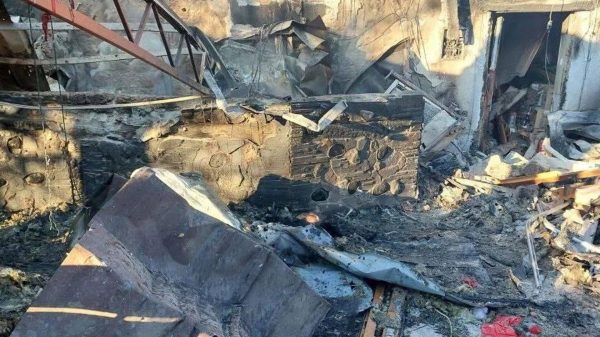
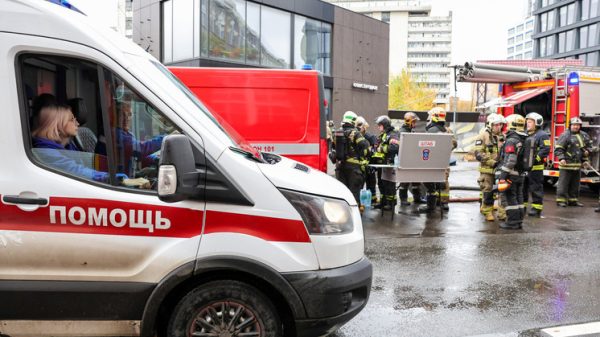

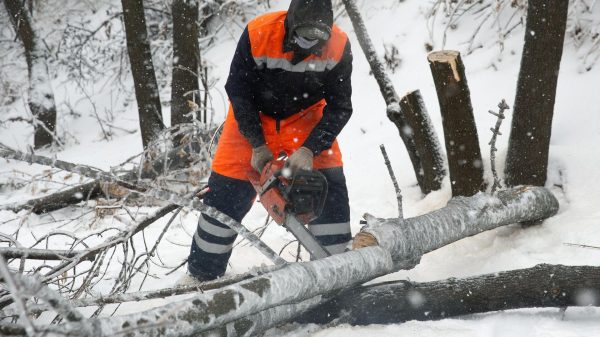




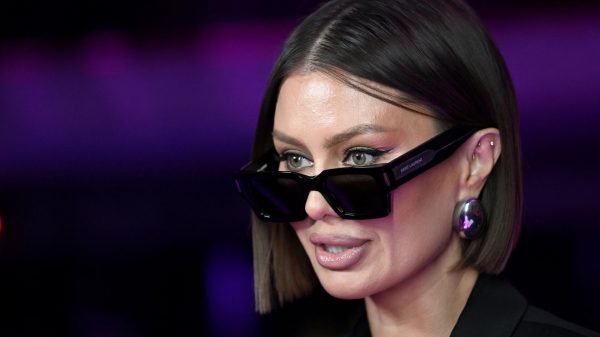


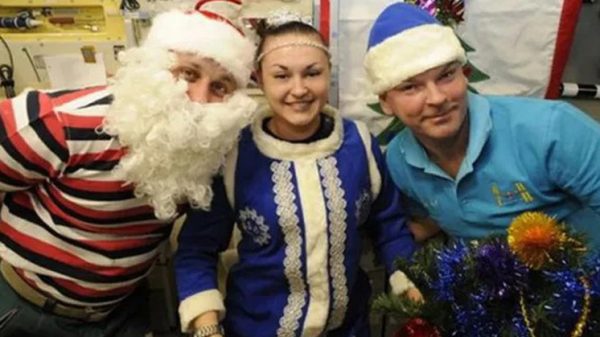


































Свежие комментарии